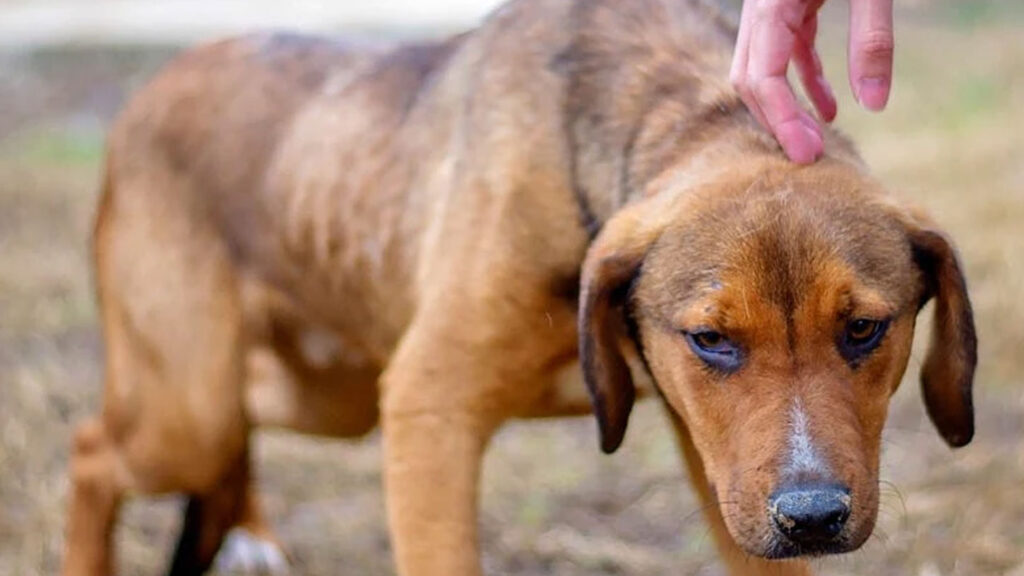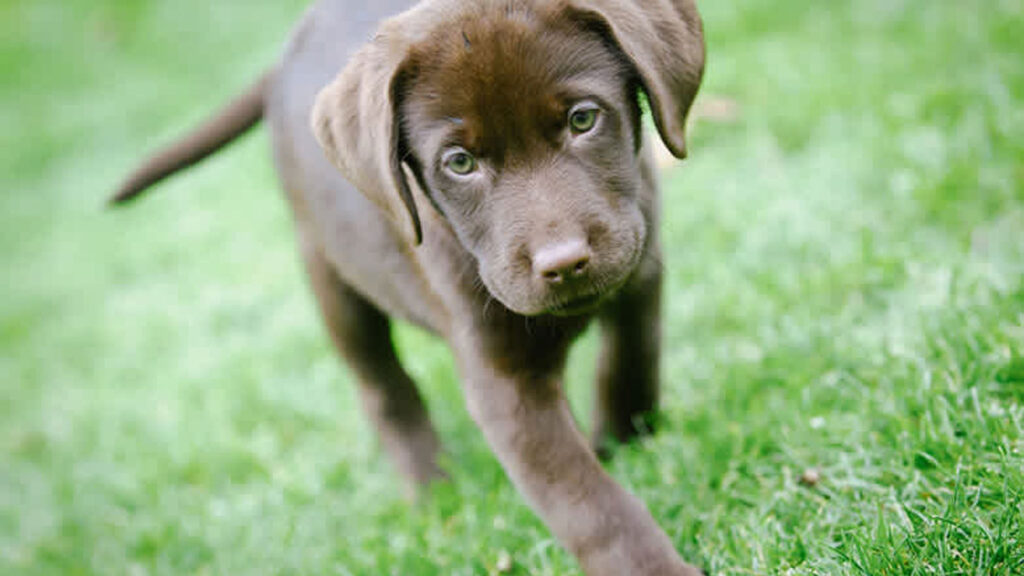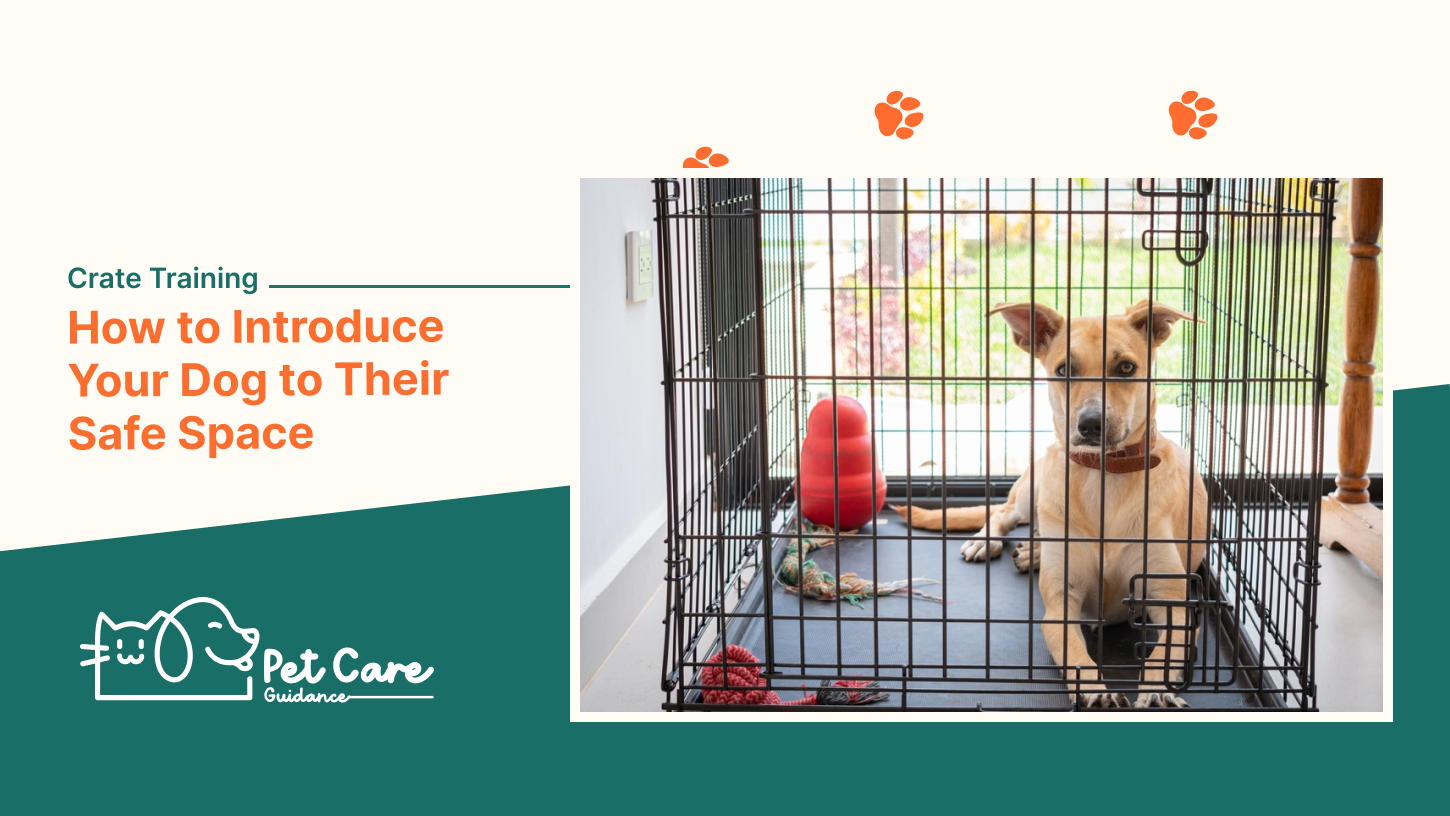Introduce your dog to their safe space by ensuring their crate is comfortable and inviting, with a soft bed or blanket inside and the door open for them to explore at their own pace. Place treats inside to encourage them to enter, but do not shut the door.
A safe space for a dog is an area where they can relax and feel secure, whether it’s a crate, under a table, or in a corner of a room. If you’re crate training, consider placing the crate in your bedroom to help the puppy settle down faster.
Take your time and go at your dog’s pace when introducing them to their safe space.
Creating A Comfortable Environment
First, make sure the crate is comfortable and inviting. Put a soft bed or blanket inside for your pup to sleep on, and leave the door open for him to investigate at his own pace. Toss a few treats inside to encourage him to go in. Now, this is important – do NOT shut the door. Allow your dog to get comfortable and familiar with the crate before closing it.
You can gradually start closing the door for short periods of time, increasing the duration as your dog becomes more comfortable. Remember to reward with treats and praise when your dog shows positive behavior in the crate. Be patient and never force your dog to go in the crate.
It may take some time and consistency, but with a positive and gradual approach, your dog will eventually see the crate as a safe and cosy space.

Helping Your Dog Feel Secure
Understanding the concept of a safe space: A safe space is a specific area where your dog feels relaxed and secure. It can be a crate, under a table, in the corner of a room, or behind a sofa. The key is to identify areas where your dog feels comfortable and at ease.
Utilizing the crate as a safe haven: If your dog is comfortable with a crate, it can serve as their safe space. Ensure that the crate is comfortable and inviting, with a soft bed or blanket inside. Leave the door open initially for your dog to investigate at their own pace. Tossing a few treats inside can encourage them to go in without shutting the door.
Finding alternative safe spaces: If your dog doesn’t prefer the crate, it’s essential to find alternative safe spaces for them. Observe where your dog naturally gravitates towards when seeking relaxation and create a designated area for them. This could be under a table, in a specific corner, or behind a sofa.
Gradual Crate Training Process
When it comes to crate training your dog, it’s important to have a gradual process. Introducing your dog to the crate verbally, ensuring the crate door is open and secured, and encouraging your dog to enter the crate with treats are all essential steps in the training process.
Start by talking to your dog in a happy tone of voice and dropping small food treats near the crate. Then, encourage your dog to enter the crate by placing treats just inside the door, and eventually all the way inside the crate.
It’s crucial to go at your dog’s pace and not rush the process. By following these steps, you can successfully introduce your dog to their safe space.
Overcoming Resistance Or Fear
|
Overcoming Resistance or Fear Recognizing signs of fear or dislike towards the crate:
Addressing any negative emotions associated with the crate:
Using positive reinforcement to encourage acceptance:
Seeking professional advice for severe cases:
|
Supervision And Monitoring
Avoid leaving your dog alone in the crate for extended periods. Gradually increase the duration of crate time. During crate training, it is crucial to observe your dog’s behavior in the crate to ensure their comfort and safety. Adjust the crate training process based on your dog’s progress. Provide a comfortable and inviting space by putting a soft bed or blanket inside the crate.
Leave the crate door open initially to allow your dog to investigate at their own pace. You can toss a few treats inside the crate to encourage them to go in. To make the crate training experience positive, bring them over to the crate and talk to them in a happy tone of voice.
Drop small food treats nearby, then inside the door and eventually all the way inside. Building a safe space for your dog is essential for their overall well-being and to create a positive association with the crate.

Creating A Positive Association
Introducing your dog to their crate should be a positive and enjoyable experience. Associating the crate with positive experiences is essential in making it a safe space for your dog. One way to do this is by using the crate during meal times and giving treats inside the crate. This will help your dog make positive associations with being in the crate.
Additionally, incorporating toys and interactive games in the crate can also make it more appealing for your dog. Providing a comfortable bed or blanket can make the crate a place of comfort and relaxation for your dog.
By implementing these strategies, you can help your dog feel safe and secure in their crate, turning it into their own special space.
Encouraging Independence And Comfort
When introducing your dog to their crate, it is important to encourage independence and comfort. Allowing your dog to freely enter and exit the crate is the first step. Letting them choose the crate as their preferred resting place will make them more comfortable.
Respecting their need for personal space in the crate is vital. Provide a soft bed or blanket inside for them to sleep on. Promoting a sense of security and independence in the crate can be done by leaving the door open and tossing treats inside to encourage them to go in.
Remember not to shut the door at this stage. By following these steps, you can create a safe and inviting space for your dog in their crate.
Consistency And Patience
Consistency and Patience:
When crate training your dog, it’s crucial to be consistent with your methods. This means using the same approach and rules every time you interact with the crate. Consistency helps your dog understand what is expected of them and creates a sense of routine.
It’s also important to understand that crate training takes time. Every dog is different, and some may take longer to adjust to their crate than others. Be patient and give your dog the time they need to feel comfortable and secure in their safe space.
Throughout the training process, you may encounter setbacks or challenges. Stay patient and work through these obstacles with perseverance. Offer reassurance and positive reinforcement to help your dog overcome any fears or anxieties they may have about the crate.
Finally, celebrate small successes along the way. This can be as simple as praising your dog when they willingly enter the crate or stay calm inside. Recognizing and rewarding their progress will reinforce positive behavior and make the crate a more positive and enjoyable space for them.
Troubleshooting Common Issues
| Troubleshooting Common Issues |
|---|
|
Addressing separation anxiety during crate time:
Dealing with excessive barking or whining in the crate:
Preventing destructive behavior inside the crate:
Modifying the crate training approach for older dogs or rescues:
|
Frequently Asked Questions For Crate Training How To Introduce Your Dog To Their Safe Space
How Do I Make My Dog’S Crate Safe Space?
To make your dog’s crate a safe space: 1. Make it comfy and inviting with a soft bed or blanket. 2. Leave the door open for your pup to explore at their own pace. 3. Toss treats inside to encourage them to go in.
4. Important: Do not shut the door.
Is A Crate A Safe Space For A Dog?
Yes, a crate is a safe space for a dog. It provides a comfortable and secure area for them to rest and feel secure.
Where Should My Dog Sleep While Crate Training?
During crate training, your dog should sleep in a comfortable crate placed in your bedroom for a calmer settling experience.
How Do You Crate Train A Dog That Is Scared Of A Crate?
To crate train a scared dog, start by making the crate comfortable and inviting with a soft bed or blanket. Leave the door open and toss treats inside to encourage exploration. Do not shut the door. Gradually introduce the dog to the crate at their own pace.
Conclusion
Creating a safe and comfortable space for your dog is essential for their overall well-being. Crate training is a perfect way to introduce them to their safe haven. By following a few simple steps, you can ensure a positive crate training experience for your furry friend.
Start by making the crate comfortable and inviting. Place a soft bed or blanket inside and leave the door open for your pup to explore at their own pace. Tossing treats inside can encourage them to go in willingly. Remember, it’s crucial not to shut the door immediately.
Let your dog establish a positive association with the crate before gradually introducing closed-door sessions. Crate training can be beneficial in many ways, such as providing a secure space for your dog to retreat to and reducing anxiety. It also helps with house training and preventing destructive behaviour.
Take your time, be patient, and go at your dog’s pace. With consistency and positive reinforcement, crate training can become a positive experience for your furry companion. So, start crate training today and give your dog the safe space they deserve.


